What Rock Can Do For You
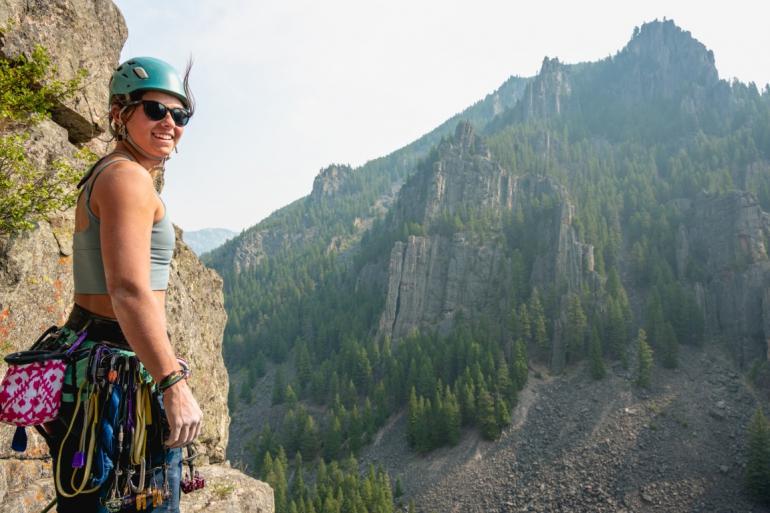
Photo by Seth Anderson
“FALLING!” screams a neon-clad climber as he and his array of colorful gear plummet from a vertical granite wall towering high above Gallatin Canyon in Bozeman. But before he and his gear fall into indefinite demise, he is safely caught by his rope and the climbing gear he had securely attached to the wall, resulting in a "safe" fall, where both falling climber and his belayer are safe. Continuing on after the fall, they top out the incredible formation, with incredible views of the Gallatin skyline from above. Climbing, whether on rock, ice, or in the mountains, may seem like a death-defying activity only for those who wish to live life on the edge–when in reality, the sport can be enjoyed by anyone in a very safe and satisfactory manner!
Climbing is a fantastic way to experience nature's vertical challenges and see some amazing views along the way. With such a strong and open community surrounding the climbing scene, it's easier than ever to venture into the sport and experience the amazing moments it provides, while feeling safe and welcome with like-minded individuals. Climbing gyms across the state, along with continued clinics, events, and community outreach opportunities, provide a fantastic way to get outside and experience what climbing can do for you!
Beginning climbers may often feel overwhelmed and intimidated when trying to break into the sport, as it is an often scary experience trying to teach oneself how to climb. With the introduction of climbing gyms and community events, it is easier and safer than ever to begin learning. Gyms are a great tool to learn the ropes and become acquainted with how to climb safely. The controlled environment within a climbing gym is a great way to learn a basic understanding of climbing movements, safety, and grading difficulties before moving outside.
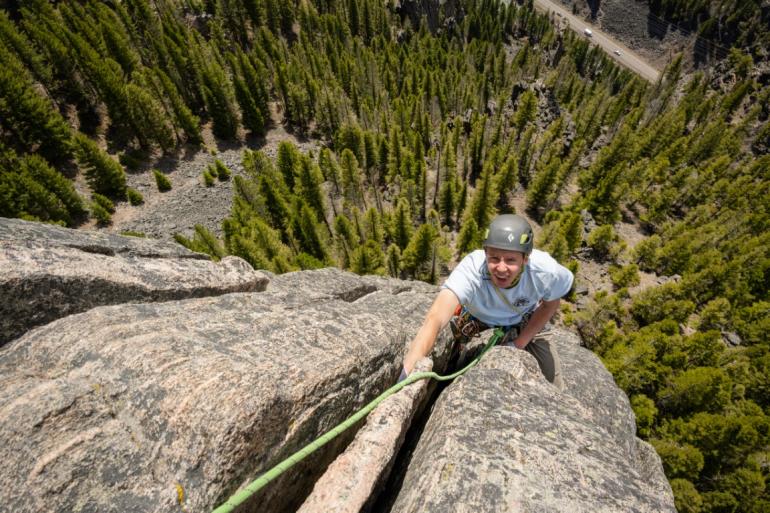
Photo by Seth Anderson
Once satisfied with the indoor climbing experience, climbers often migrate to the great outdoors, where they can apply basic principles of climbing and experience the excitement of the vertical world while enjoying nature. Nowadays, it's easier and safer than ever to see if climbing is for you.
Starting out, one must understand the basics. Knots, types of climbing, gear, technique, and know-how are just a few of the basics you want to dial in before getting on the walls. To start off, the basic knots to know are the overhand, figure 8, and clove hitch, all of which are vital to learning the ropes and having a good knowledge base to pull from in a variety of the situations you may encounter.
When it comes to climbing shoes, you are looking for a shoe that is tight enough so you can feel all the edges of your feet and toes, as you'll definitely appreciate the advantages of using the edges of the sticky rubber-soled shoe. Harnesses should feel comfortable and snug both around the hips and legs; you don't want to have a loose-fitting harness! Today's climbing equipment is safer and more advanced than ever, tremendously safer than the days of simply tying hemp ropes around one's waist. Great Montana climbing pioneers such as the Dirty Sox club of the 1960s-70s documented using obscure and minimal climbing gear, such as hemp ropes, straight shaft ice tools, and webbing harnesses for cutting-edge ascents. Now, advances in technology and safety devices such as the Petzl Gri-Gri, an incredible self-locking belay device, are a great option to increase your safety margin.
As for types of climbing, the list is seemingly endless: bouldering, trad climbing, alpine climbing, speed climbing, ice climbing, scrambling, mixed climbing, and sport climbing, to name a few specific niches in this great sport. During summer, you will often come across troves of eager sport and trad climbers heading to the dry crags and into the mountains where spectacular routes are ripe to ascend. In winter, hearty climbers brave the barren temperatures, ascending great pillars of ice and snowy alpine mountaintops. Climbing is truly an incredibly diverse sport that may seem intimidatingly difficult, but is life-changing once the basics are learned, practiced, and eventually mastered.
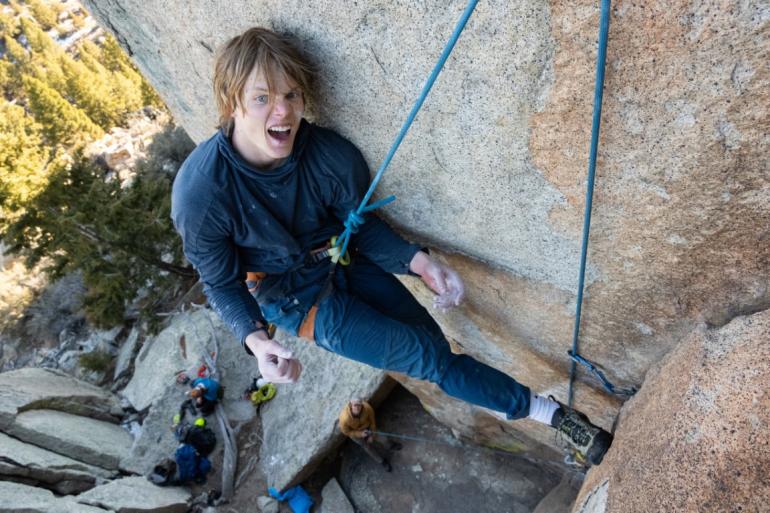
Photo by Seth Anderson
Around Montana, we are blessed to have a variety of climbs and locations that make climbing in the Treasure State so spectacular. The recorded history of climbing in Montana dates back hundreds of years, and even longer with thousands of potentially un-documented climbs. Generations of vertical pioneers have spent lifetimes exploring the state's abundant crags and mountain ranges, scouring them for their most beautiful lines. Great climbers have ascended walls taller than El Capitan in our very own Glacier National Park.
While most climbs are recorded and meticulously documented, others have been forgotten or simply hidden to ensure their secrecy within the tight-knit climbing community in Montana–though many graying climbers will be quick to tell you of their tales into the unknown, if approached with interest and wonder. With some of the greatest Montana climbers working as everyday people among us, it's easy to underestimate these unassuming blue-collared individuals in our communities. But the humble climber is often the one who lives the longest, so it's no surprise these great climbers need not boast to appreciate what they have seen and done in Montana's wild vertical world.
The climbing community is an extremely vibrant and welcoming bunch of individuals, all with the same strange addiction: a life into the vertical. It is hard for outsiders to understand why these individuals seemingly risk their life and limb in pursuit of something meaningless, but to those on the inside, it's just something we must do. The late great climber Warren Harding once said in response to why he and his team of climbers wanted to scale the great walls of Yosemite National Park, "Because we're insane!"
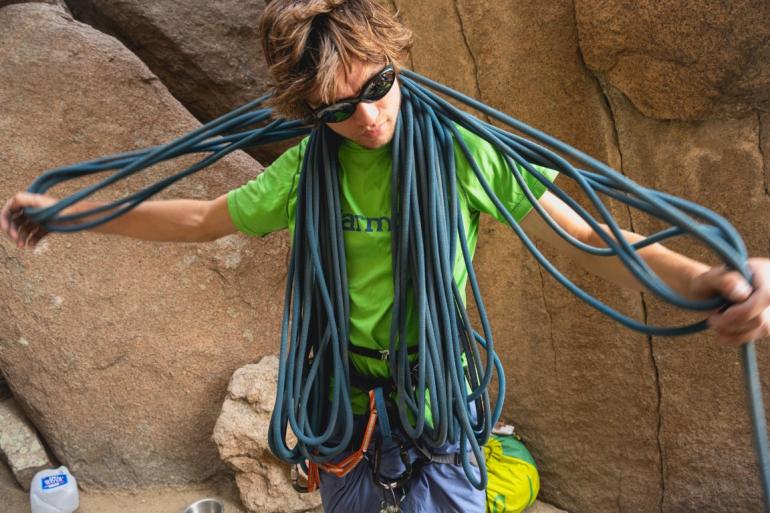
Photo by Seth Anderson
It seems to be a fitting stereotype, as most climbers seem to have at least one screw loose! That being said, they are the kindest, most giving, and inviting group of people I have ever come to love. Generations of climbers, dating back hundreds of years, have all felt the same connection and drive to chase these seemingly minute goals of vertical adventures. With knowledge being passed down from one climbing generation to the next, the passion of adventure is not soon to be lost. Mentorship is an extremely important part in understanding climbing, whether that be through friends, older climbers, or community members. Learning from someone who has spent significantly more time climbing than you is crucial in creating safe and efficient climbing habits. Facebook groups, community outreach events, organized group climbs, and weekly climbing meetups are the norm in today's world and are a great way to connect to this booming community in your home town.
Sharing the places we climb is just one of the many ways that climbers can feel connected in such a seemingly individualistic sport. Community events, such as the Tour de Hyalite duathlon fundraiser put on by the Southwest Climbers Coalition in Hyalite Canyon, provide an incredible opportunity where climbers meet, compete, and enjoy the beauty that is the community of climbing. Just one of the many ways the community greets its members with open arms.
The human body understands that climbing is dangerous, as the sheer exposure and heights are enough to make the world's strongest man tremble. But if you develop the mental toughness needed to push past your primordial instincts, it certainly creates incredible experiences. When all your body and mind want to do is quit and give in to the fear of being alone on the wall and you somehow find the strength within yourself to push past it and move up, well, that is an incredibly powerful experience.
Fear is real, and it’s amplified once you’re high up on a wall, but once you trust in the gear and your partners, you feel as if you can touch the sky.
Climbing is genuinely one of the most breathtaking ways to experience the challenges and opportunities of nature while finding out what you have inside yourself, pushing past mental barriers, and doing things that make you a little scared.
And that, after all, is what experiencing life is all about. So get a little scared, embrace it, and experience what climbing Montana rock can do for you.
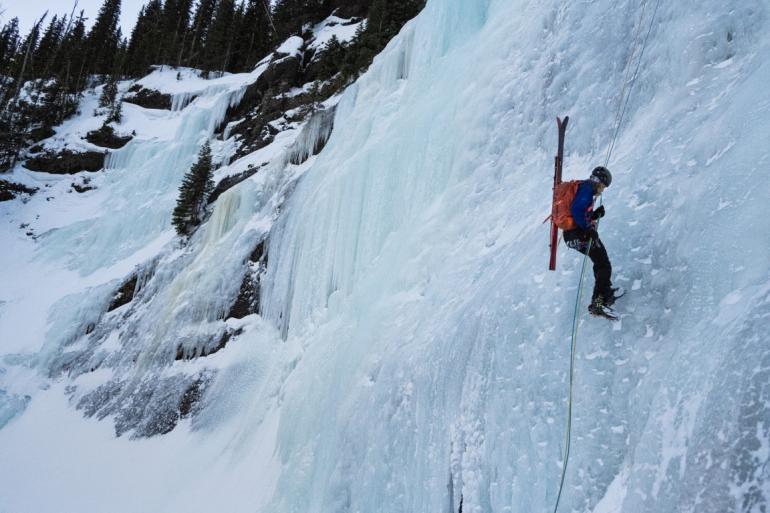
Photo by Seth Anderson

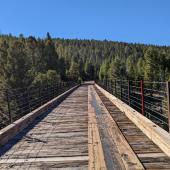
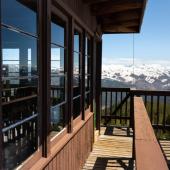
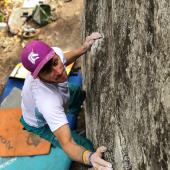
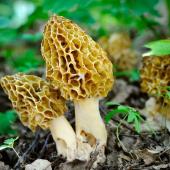
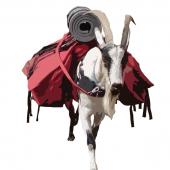
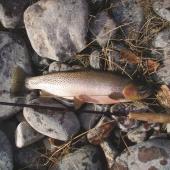
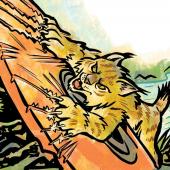
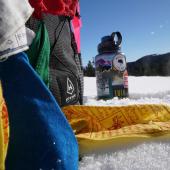


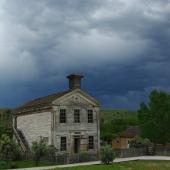
Leave a Comment Here